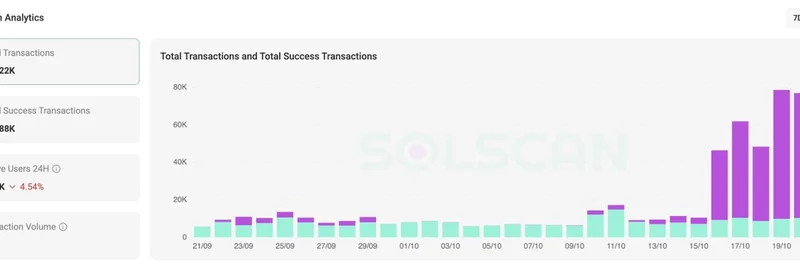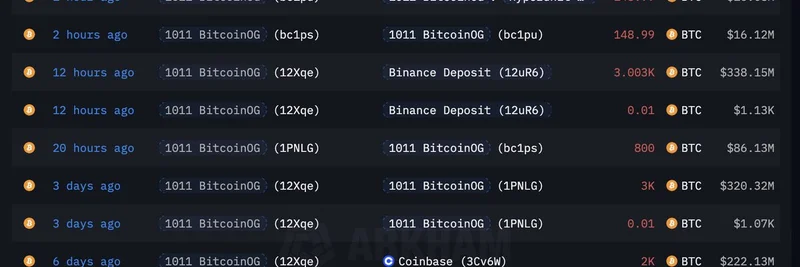If you've been following the Solana ecosystem, you know that token generation events (TGEs) can make or break a project. But what if I told you that Meteora is flipping the script with what could be the most intelligent TGE yet? A recent thread on X by @DSentralized breaks it down, and it's got the crypto community buzzing. Let's dive in and unpack why this approach is a masterclass in DeFi innovation, especially for those eyeing meme tokens and liquidity plays on Solana.
The Choice That Changes Everything
At the heart of Meteora's TGE is a simple yet brilliant decision point for $MET claimants: grab your tokens outright or opt into auto-liquidity provision (LP) to start earning fees right from the first trade. This isn't just a gimmick—it's capped at 7% of the total supply available for claimants, with an additional 3% allocated directly to $JUP stakers in LP form, bringing the total to 10%.
What happened? The LP allocation didn't hit full capacity, closing at just 93.58%. Far from a setback, this highlights a key insight: many in the community still undervalue Meteora's powerful fee engine. For the uninitiated, Meteora is a decentralized exchange (DEX) aggregator on Solana that optimizes trades and liquidity, and its LP system is designed to generate serious yields through trading fees.
Turning TGE into a Live Demo
The Meteora team anticipated this. By structuring the TGE this way, they've essentially created a massive, real-time demonstration of their product's strength. Over 100,000 wallets from $JUP stakers got onboarded seamlessly, receiving their allocation as LP positions. From the very first swap, these LPs start accruing fees—essentially, Meteora is paying users to experience the yield firsthand.
This is smart marketing wrapped in utility. In a world where airdrops often lead to immediate dumps, Meteora is incentivizing holding and participation. It's a conversion event, transforming passive claimants into active liquidity providers who benefit from the project's volume.
Why Aren't More People LPing?
The big question posed in the thread: "Why wouldn’t you LP one of the biggest TGEs of the year?" Yet, most chose raw tokens. Here's why, based on the analysis:
Lack of Awareness: Many don't fully grasp Meteora's track record with fees. Historically, their pools have been yield machines, quietly "printing" returns for LPs.
Fear of Impermanent Loss (IL): This is a valid concern—IL happens when the price of assets in a pool diverges, potentially reducing your holdings' value. But in high-volume launches like this, the fees can outweigh IL, especially early on.
Quick Exit Mentality: Some just want to sell and move on, missing the long-term play.
For meme token enthusiasts on Solana, this is particularly relevant. Meme coins thrive on hype and volume, and tools like Meteora amplify that by providing deep liquidity and fee-sharing mechanisms. If you're building or trading memes, understanding these DeFi layers can supercharge your strategy.
The Broader Implications for Solana DeFi
This TGE isn't just about $MET—it's a case study in LPing season. As Solana continues to dominate with fast, cheap transactions, projects like Meteora are setting new standards for launches. By blending airdrops with immediate yield opportunities, they're fostering a more sustainable ecosystem where participants are rewarded for contributing liquidity rather than just farming and dumping.
If you're a blockchain practitioner or meme token aficionado, keep an eye on Meteora's post-TGE performance. The thread suggests we're about to see why their fee engine has been underrated. Could this model inspire the next wave of Solana meme launches? Absolutely.
For more insights into meme tokens and Solana's evolving landscape, stick around on Meme Insider. We've got the knowledge base to help you level up your crypto game.


